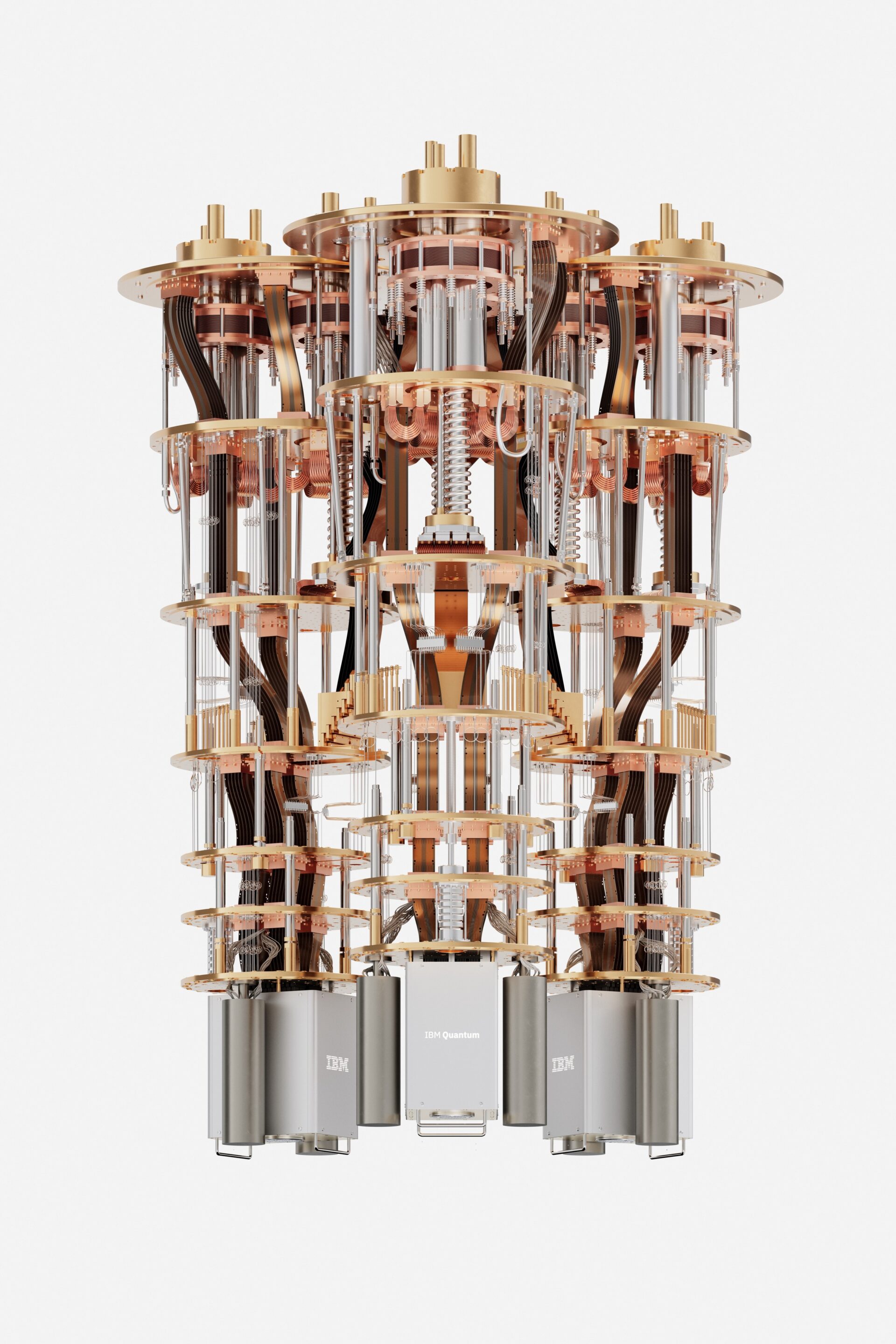IBM and AMD are collaborating to develop next-generation computing architectures that combine quantum computing with high-performance computing (HPC), known as quantum-centric supercomputing.
The aim is to build scalable, open-source platforms using IBM’s experience in developing quantum computers and software, and AMD’s experience in HPC and AI accelerators.
Unlike classical computers, which process information in binary bits of zeroes and ones, quantum computers use qubits, which follow the quantum mechanical laws of nature. This allows them to represent and process information in far richer ways, opening the door to solutions for complex challenges in fields such as drug discovery, materials science, optimisation, and logistics.
Quantum computing is able to represent information in new ways and simulate the natural world, said Arvind Krishna, chairman and chief executive officer (CEO) of IBM.
“By combining IBM’s quantum technology with AMD’s high-performance compute platforms, we will build a hybrid model that pushes past the limits of traditional computing,” he added.
AMD’s partnership with IBM is expected to spur innovation and discovery in the area of HPC and quantum technologies, said Dr Lisa Su, chair and CEO of AMD.

In a quantum-centric supercomputing architecture, quantum systems work with HPC and AI infrastructure, which is usually supported by CPUs, graphics processing units (GPUs), and other compute engines.
This hybrid model allows each component to address the aspects of a problem it is best suited for, and can help solve real-world problems vastly faster and at scale.
For example, quantum computers could in the future simulate the behavior of atoms and molecules, while classical supercomputers powered by AI analyse large-scale data.
IBM and AMD are exploring how to integrate AMD CPUs, GPUs, and FPGAs with IBM quantum systems to enable a new class of algorithms that neither technology could efficiently solve on its own.
The collaboration also supports IBM’s roadmap toward fault-tolerant quantum computers by the end of the decade, while AMD technologies could help in real-time error correction, a key part of fault-tolerant quantum computing.
An initial demonstration of hybrid quantum-classical workflows is planned for later this year. Both firms are also considering how open-source tools, including IBM’s Qiskit platform, could help drive the development of quantum-centric applications.
IBM has already taken steps towards integrating quantum and classical computing, including its partnership with Riken in Japan to link its modular IBM Quantum System Two with Fugaku, one of the world’s fastest supercomputers. IBM has also worked with organisations such as Cleveland Clinic, the Basque Government, and Lockheed Martin, to test hybrid approaches on real-world problems.
AMD is behind the two fastest computers in the world, with its CPUs and GPUs powering Frontier at Oak Ridge National Laboratory, the first exascale supercomputer. AMD Instinct GPU technology drives El Capitan at Lawrence Livermore National Laboratory. Beyond HPC, AMD technology underpins generative AI solutions for enterprises and cloud providers globally.






